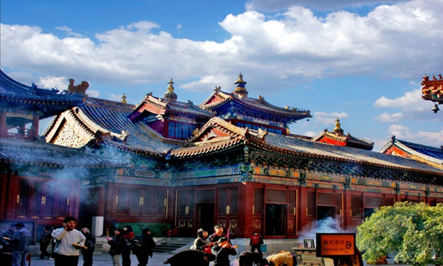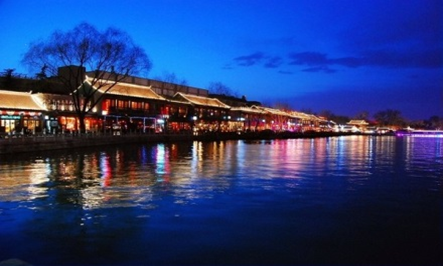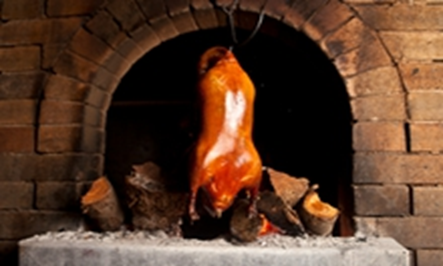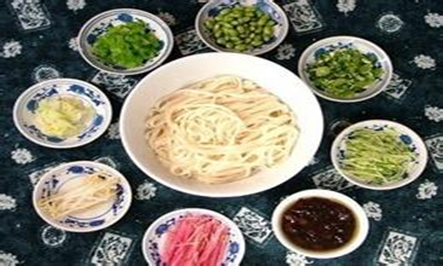About Beijing
Beijing is the capital of the People's Republic of China, the country's center for politics, culture, international exchanges and technological innovation. Situated in the north of the North China Plain, Beijing (39°56'N 116°20'E) is surrounded by mountains on three sides and enjoys four distinct seasons. The Municipality covers an area of 16,410.54 km2, with 16 districts and counties. By the end of 2013, its permanent population reached 21,148,000, representing all the 56 ethnic groups in China.
As a world-famous historical and cultural city, Beijing boasts a history of over 3,000 years as an established city and 860 years as the capital of China. It is home to numerous historical sites and cultural landmarks, including the Forbidden City, the Great Wall, the Peking Man Site at Zhoukoudian, the Temple of Heaven, the Summer Palace, the Ming Tombs and the Beijing-Hangzhou Grand Canal, all of which have been listed as UNESCO World Heritages. Traditional local art performances and crafts, such as Peking Opera and Cloisonné, are also renowned throughout the world.
Tourist Destinations
Forbidden City

Or called "Purple Gold Palace", it is the best-kept and largest imperial dwelling in China, which was completed in 1420 during the Ming Dynasty.
The Forbidden City stands in the center of Beijing, protected by high walls and a moat on all four sides and consists of dozens of halls and courtyards. 24 emperors lived here with their families and hundreds of court ladies and palace eunuchs. From their throne in the Forbidden City they governed the country by holding court meetings with their ministers, issuing imperial orders and initiating military expeditions.
Summer Palace

The Summer Palace lies in the northwest of Beijing, consisting of Longevity Hill (59 meters high), Kunming Lake and complex buildings with an area of 290 hectares. It is an excellent place to cool off during Beijing's hot summer months. Also, it is one of the master piece of the imperial gardens.
Temple of Heaven

The Temple of Heaven, founded in the first half of the 15th century, is a dignified complex of fine cult buildings set in gardens and surrounded by historic pinewoods, where the emperors of the Ming (1368 - 1644) and Qing (1644-1911) dynasties worshipped heaven and prayed for good harvests. Now it’s a nice park for exercise.
Great Wall

The Great Wall of China is a series of stone and earthen fortifications in China, built, rebuilt, and maintained between the 5th century BC and the 16th century to protect the northern borders of the Chinese Empire during the rule of successive dynasties.
As a symbol of China's history and heritage, many foreigners believe that the trip to China is not complete without a visit to the Great Wall. Hence, he who doesn’t reach the Great Wall is not a true man.
Lama Temple

It is a Tibetan Buddhist temple in the heart of Beijing that was first built in 1694 as the residence of Prince Yong of the Qing dynasty. The chief artistic attraction is an 18-meter tall wooden Buddha carved from a single sandalwood tree imported from Tibet, the largest wooden statue on earth.
Hutong & Houhai

Dating back to the Mongol Yuan Dynasty, hutong (hútòng, 胡同) are traditional Beijing lanes which served as passageways between various siheyuan (sìhéyuàn, 四合院), or courtyard houses. Over time, the name "hutong" has come to refer more broadly to the style of housing and the neighborhoods in which the traditional gray-brick courtyard dwellings are found. The remaining hutong are now popular tourist attractions, and the Houhai Hutong, with popular bars, are the most visited.
Delicious food
 |
 |
| Peking Duck | Hot Pot |
 |
  |
| Local Noodles | Dumplings and Shaomai |




